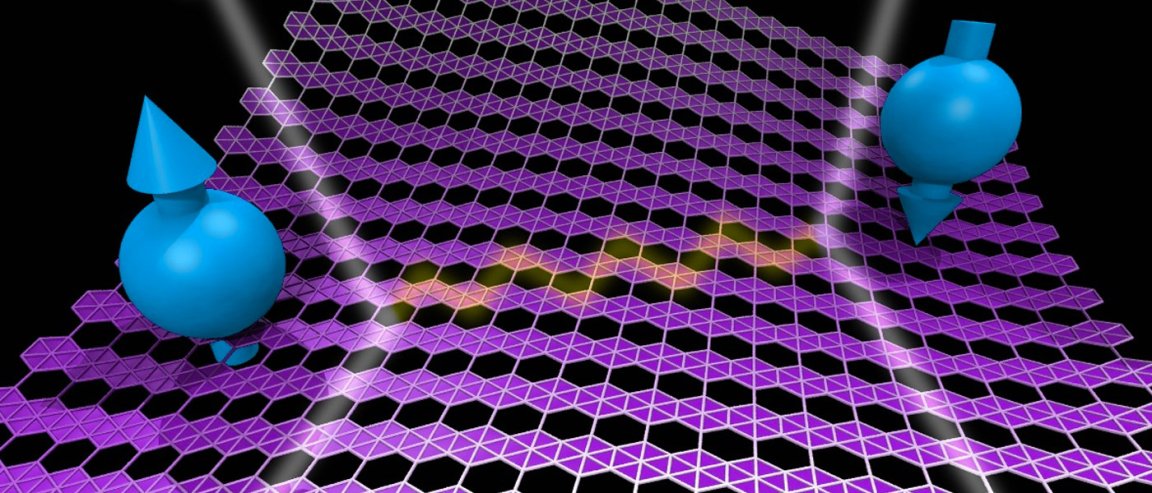
Super Thin, Super Strong, Superconductive
An international team at the University of Valencia’s Institute of Molecular Science has proven that superconductivity is not exclusive to three-dimensional objects—an argument that has long been a source of intrigue since the quantum physics field started in 1911.
Research leader Eugenio Coronado and his team studied the electric properties of materials similar to graphene, the world’s thinnest material responsible for the technology around carbon nanotubes, which is also the same material in your pencils. They tested whether the materials would stay superconductive, meaning they can preserve electricity without any energy loss. This is required in technologies like ultrasensitive magnetic field detectors, efficient energy conduction, and levitating trains.
According to the University of Manchester, “That electric current would be carried by effectively massless charge carriers in graphene was pointed out theoretically in 1984, and the name ‘graphene’ was first mentioned in 1987 to describe the graphite layers that had various compounds inserted between them. The term was used extensively in work on carbon nanotubes, which are rolled-up graphene sheets.”

Technology and Energy in Slimmer Packages
The team focused on the materials that fall under a large family of layered metals called dichalcogenides, “an emerging class of atomically thin semi-conductors.” These metals turn into superconductors when cooled to a certain temperature. In one compound, tantalum disulphide (TaS2), researchers found that the temperature at which the layered material becomes superconducting as the number of layers is reduced, proving superconductivity even at the two-dimensional limit.
The new discovery opens endless possibilities, specifically in miniaturizing machinery that requires superconductors such as ultrasensitive magnetic field detectors. Ultra-thin superconductors have a wide range of uses for the mainstream market. So we may also see a revolution arise from this discovery, specifically in the wearable technology, electric sports car, and lightweight plane markets.